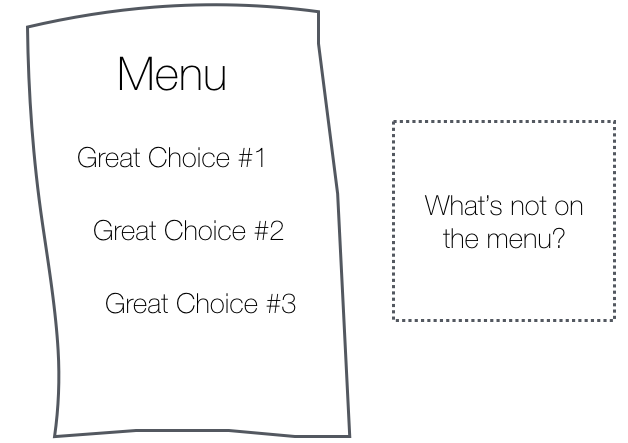Ex-Design Ethicist & Product Philosopher @ Google, former CEO of Apture (acquired by Google), dabbler in Behavioral Economics, Design and Persuasion.Product philosopher. Who knew?
From Medium:
I’m an expert on how technology hijacks our psychological vulnerabilities. That’s why I spent the last three years as Google’s Design Ethicist caring about how to design things in a way that defends a billion people’s minds from getting hijacked.When using technology, we often focus optimistically on all the things it does for us. But I want you to show you where it might do the opposite.Where does technology exploit our minds’ weaknesses?I learned to think this way when I was a magician. Magicians start by looking for blind spots, edges, vulnerabilities and limits of people’s perception, so they can influence what people do without them even realizing it. Once you know how to push people’s buttons, you can play them like a piano.And this is exactly what product designers do to your mind. They play your psychological vulnerabilities (consciously and unconsciously) against you in the race to grab your attention.I want to show you how they do it.
Hijack #1: If You Control the Menu, You Control the Choices

Western Culture is built around ideals of individual choice and freedom. Millions of us fiercely defend our right to make “free” choices, while we ignore how we’re manipulated upstream by limited menus we didn’t choose.This is exactly what magicians do. They give people the illusion of free choice while architecting the menu so that they win, no matter what you choose. I can’t emphasize how deep this insight is.When people are given a menu of choices, they rarely ask:
- “what’s not on the menu?”
- “why am I being given these options and not others?”
- “do I know the menu provider’s goals?”
- “is this menu empowering for my original need, or are the choices actually a distraction?” (e.g. an overwhelmingly array of toothpastes)

For example, imagine you’re out with friends on a Tuesday night and want to keep the conversation going. You open Yelp to find nearby recommendations and see a list of bars. The group turns into a huddle of faces staring down at their phones comparing bars. They scrutinize the photos of each, comparing cocktail drinks. Is this menu still relevant to the original desire of the group?It’s not that bars aren’t a good choice, it’s that Yelp substituted the group’s original question (“where can we go to keep talking?”) with a different question (“what’s a bar with good photos of cocktails?”) all by shaping the menu.Moreover, the group falls for the illusion that Yelp’s menu represents a complete set of choices for where to go. While looking down at their phones, they don’t see the park across the street with a band playing live music. They miss the pop-up gallery on the other side of the street serving crepes and coffee. Neither of those show up on Yelp’s menu....MORE